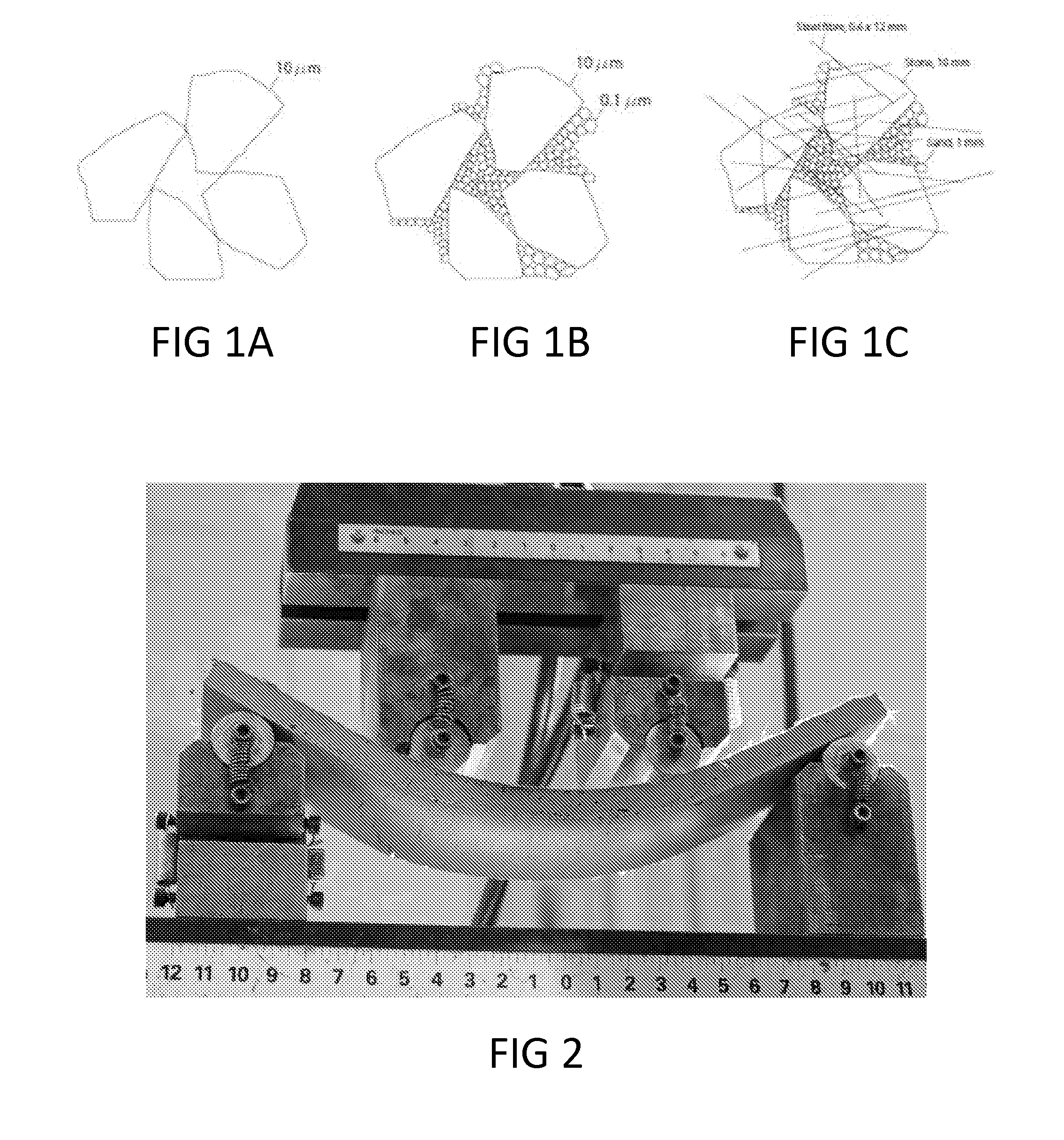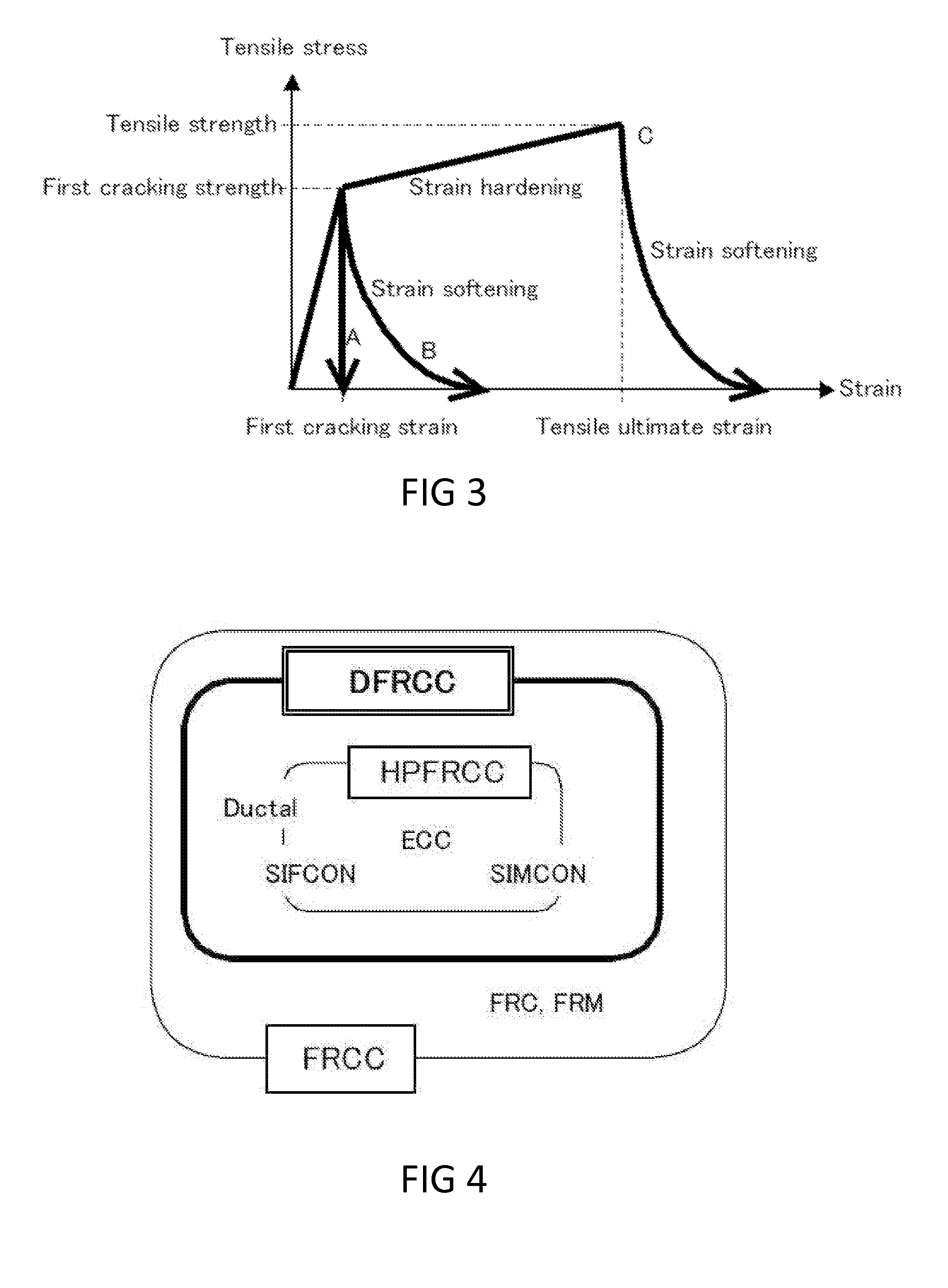Light weight composite armor with structural strength
a composite armor and structural strength technology, applied in the field of passive ballistic armor, can solve the problems of limited fracture toughness and damage tolerance, large weight penalty, and parasitic ceramics to the vehicle structure, and achieve the effects of increasing penetration resistance, reducing residual protection, and increasing performan
- Summary
- Abstract
- Description
- Claims
- Application Information
AI Technical Summary
Benefits of technology
Problems solved by technology
Method used
Image
Examples
Embodiment Construction
[0163]With reference now to the figures of certain preferred embodiments in detail, it is stressed that the particulars shown are by way of example and for purposes of illustrative discussion of the preferred embodiments of the present disclosure only, and are presented in the cause of providing what is believed to be the most useful and readily understood description of the principles and conceptual aspects of the present disclosure. In this regard, no attempt is made to show structural details of the present disclosure in more detail than is necessary for a fundamental understanding of the present disclosure. Only a few examples of how the composite armor structure can be configured in different shapes, sizes and thicknesses, and in different configurations, and how the encapsulated armor-grade material can be configured and arranged in different spacious patterns are shown here.
[0164]The description taken with the drawings makes it apparent to those skilled in the art how the sev...
PUM
| Property | Measurement | Unit |
|---|---|---|
| volume fraction | aaaaa | aaaaa |
| fracture energy | aaaaa | aaaaa |
| flexural tensile strength | aaaaa | aaaaa |
Abstract
Description
Claims
Application Information
 Login to View More
Login to View More - R&D
- Intellectual Property
- Life Sciences
- Materials
- Tech Scout
- Unparalleled Data Quality
- Higher Quality Content
- 60% Fewer Hallucinations
Browse by: Latest US Patents, China's latest patents, Technical Efficacy Thesaurus, Application Domain, Technology Topic, Popular Technical Reports.
© 2025 PatSnap. All rights reserved.Legal|Privacy policy|Modern Slavery Act Transparency Statement|Sitemap|About US| Contact US: help@patsnap.com



